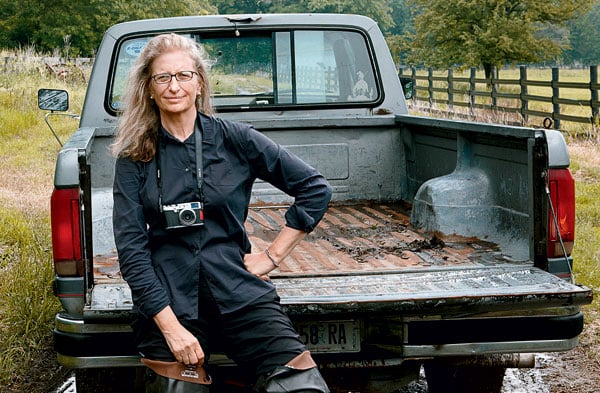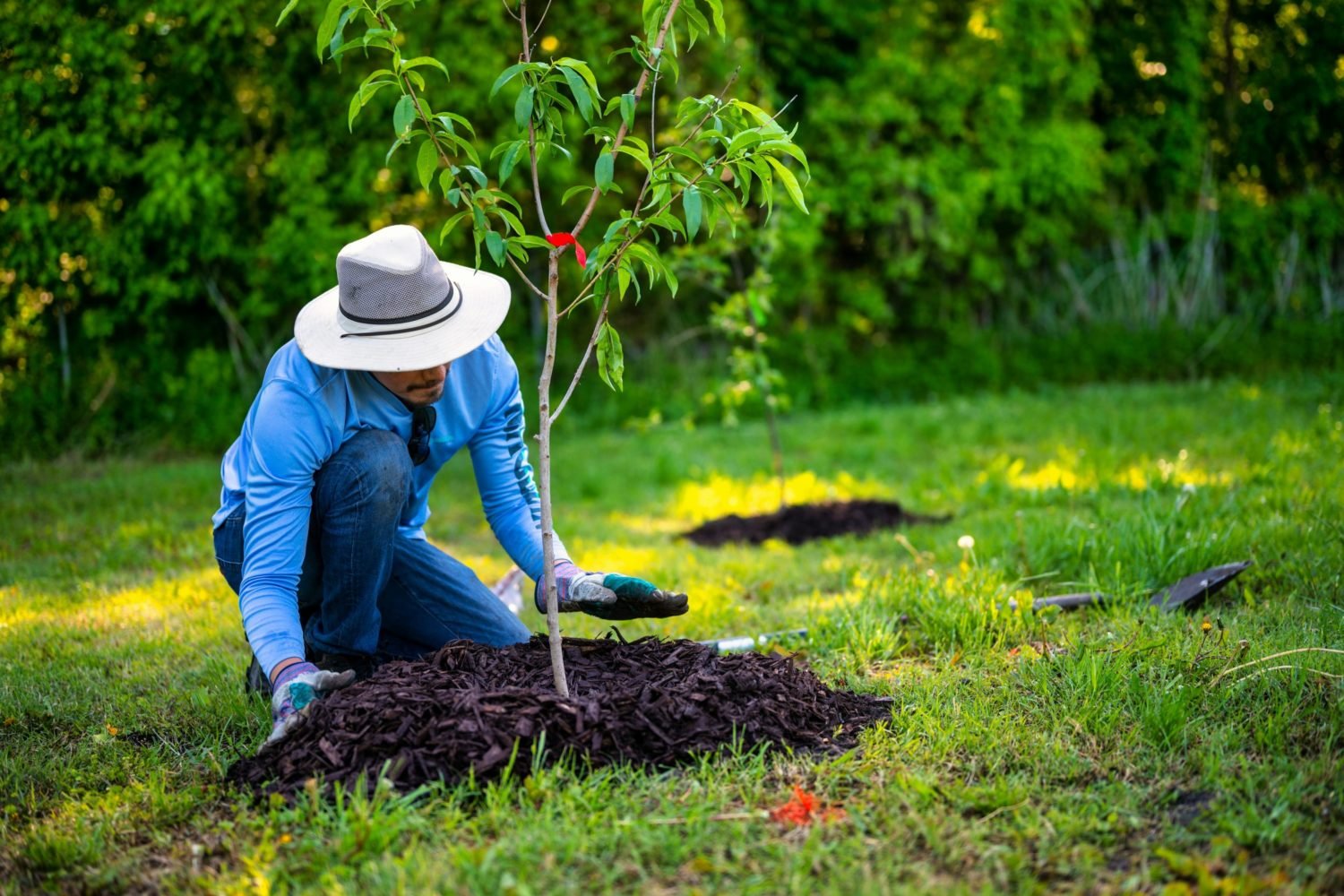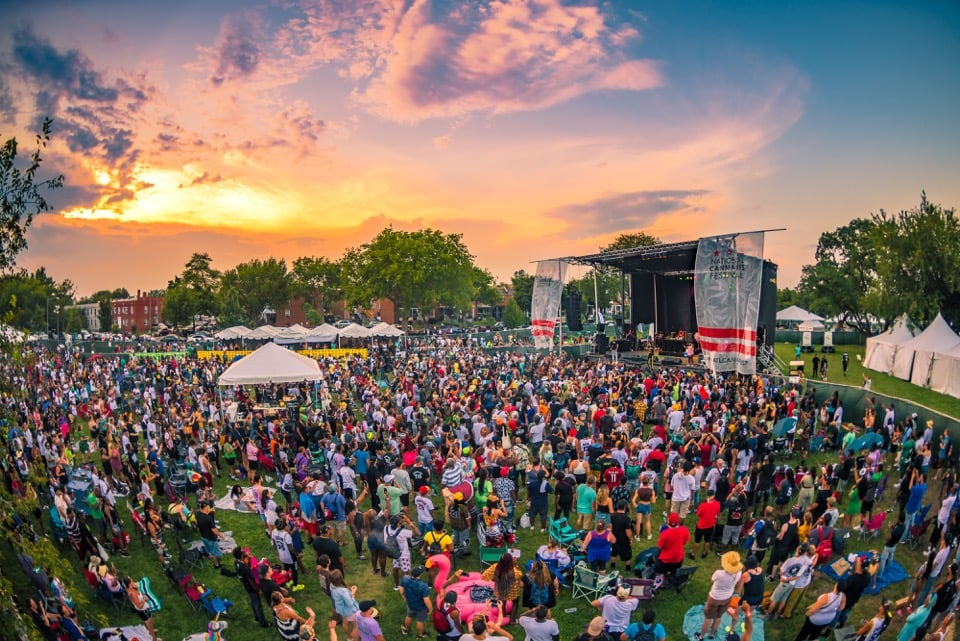Photograph by Annie Leibovitz.
For a photographer whose portraits are so iconic—think Demi Moore pregnant on the cover of Vanity Fair, or a naked John Lennon draped around Yoko Ono in Rolling Stone—the concept of a series of photographs without a single human subject might sound strange. But for Annie Leibovitz, her latest book and museum show, “Pilgrimage,” offered a chance to pursue a more personal mission. For two years, Leibovitz spent her time between magazine assignments traveling across America and Europe shooting places she found meaningful, from Georgia O’Keeffe’s home to Niagara Falls to Graceland, capturing images of landscapes and still lifes. The collection was published in book form at the end of last year; more than 70 of the photographs go on display at the Smithsonian American Art Museum January 20. We talked to Leibovitz about the inspiration behind the project.
Tell us about the exhibition and book.
The project for me on some level is transforming—it comes at a segue in my life where I’m taking care that my work feeds my head, heart, and soul. Pretty much every time I do a museum show, it’s rather big. This is more modest. It’s a trip down another road: photographing without a person in the picture, although the people are present on some level.
Was there anything else you wanted to include?
I was thinking about going to 12 or 13 places, but in the end there are 27. When I went to Concord, I was going there to see Walden Pond, looking for Thoreau, I guess. That led me to Emerson and American transcendentalism, and then I kept driving back and forth in front of Orchard House, Louisa May Alcott’s home. I kept saying, “I can’t add another place, but how could I not go in?” And of course I got transfixed. When I started, I can’t say I knew who the sculptor of the Lincoln Memorial was, but I learned about Daniel Chester French and went to his studio. It was this wonderful serendipitous domino effect—I kept falling into other worlds.
How long did the project take?
A couple of years, between everything else. You can sort of see the bones of how I work, because I was never totally satisfied with a lot of it—I went back to Yosemite three times looking for clouds, and Yosemite isn’t exactly the sort of place you can pop in and out of. Days before we were supposed to turn the book in, I went one last time and hit a big snowstorm and was happy as a lark. There are other photographs I want to take, to emotionally and mentally finish the project. Just because the book got done doesn’t mean I’m finished.
Do you approach landscapes in a different way from portraits?
I guess you could say there are landscapes and landscapes. I’m not a landscape photographer—for me, the pictures are more of a notebook. A picture of the Cerro Pedernal in Santa Fe was taken from Georgia O’Keeffe’s patio near Ghost Ranch. That’s what she used to wake up to in the morning. I was trying to find an emotional way to render what I was looking at. I think it’s what I do when I go on a portrait assignment, but without the people.
This book seems deeply personal.
As I get older, the book projects are—liberating is one word, but they really are me. A Photographer’s Life, my last book, was the first time I took a lot of work that wasn’t done for magazines and mixed it with assignment work. This new project was a way of cleansing the palate, so to speak, so I could go back to my portraits in a strong way. In fact, some of the portraits I’ve taken since Pilgrimage I’m quite pleased with.
What do you hope people take away from the show?
What’s amazing is that this is all out there—you don’t need to make an appointment to go to Walden Pond. I went to Graceland two or three times, trying to figure out what made it so intriguing. The last time I went, they took down all the ropes inside the house, and I realized, my God, it’s a house. It definitely has a strangeness to it, because you have Elvis and his parents and his grandmother buried in the backyard, but it’s like walking around in someone’s house. I went to Yosemite as an homage to Ansel Adams. I could never be Ansel Adams, but to know that’s there for us—there’s so much for us in this country.
“Annie Leibovitz: Pilgrimage” is at the American Art Museum January 20 through May 20. For more details, visit the museum’s Web site.
A version of this article appeared in the January 2012 issue of The Washingtonian.














